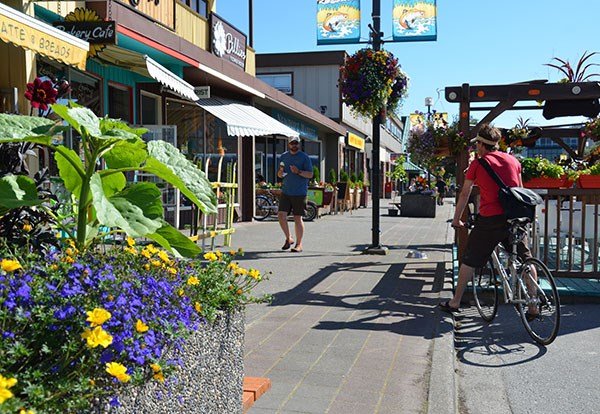According to reports coming out of the branding camp, Squamish is about to be transformed into an “epic” destination. The notion of appropriating the word epic to describe our own backyard has all the earmarks of a virtual reality exercise. In other words, a simulation presented to observers who suspend judgment and accept it as real.
To fully live up to the epic moniker a location should be extraordinary and unrivalled.
Denise Lee Yohn, author of What Great Brands Do, tells us “Your brand is the experience that is actually delivered and communicated through every single thing you do, every day, around the clock.” How is a sense of epicness conveyed to the family from Bellingham, Wash., who just stopped in for a meal at a local eatery in Garibaldi Village? How is epicness delivered to the visitors from Perth, Australia who are boutique browsing on Cleveland Avenue? The ride up the new Sea to Sky Gondola will be exciting and the view from the top will be breathtaking, as is the view from the Peak to Peak Gondola in Whistler, or from atop Grouse Mountain. Watching eagles in Brackendale is definitely a fascinating experience, but does it surpass similar viewing opportunities in Alaska, Washington State, or on the Lower Mainland? Climbing the Stawamus Chief is stimulating and certainly challenging; so is El Capitan in Yosemite National Park. Even if we combine all our local natural attractions, do they eclipse the Interlaken-Grindelwald area in Switzerland, the Dolomite region in Italy, or the Banff-Lake Louise corridor in Alberta?
Another problem with epic as a classification is that in most instances it has already been consigned to the dumpster of tired expressions, where it has joined funky, groovy, far out, awesome, amazing, rad, and gnarly. Despite its limitations, the epic label still carries some weight, depending on where we look. The Grand Canyon, Mount Everest and Iguaza Falls, on the border of Argentina and Brazil, are prime examples. The latter consists of 275 individual waterfalls and cascades spanning a distance of two km.
And therein lies the rub. Unless it can be emphatically supported, misappropriation of the word invites derision. A vast network of social media users will quickly distinguish between substance and gimmick, between reality and its virtual counterpart.
Where does that leave this discussion? The allure of our natural surroundings should never be undervalued. By the same token, let’s avoid unnecessary exaggeration in their promotion. Our branding guru Roger Brooks has advised the faithful not to fold to critics of the Shining Valley’s epic destination designation. He refers to detractors as the CAVErs — Citizens Against Virtually Everything. Despite Mr. Brooks’ warnings, it’s time to challenge the linguistic direction the branding process is taking by forming an association called the CRAVErs-Concerned Residents Against Virtual Epicness.



